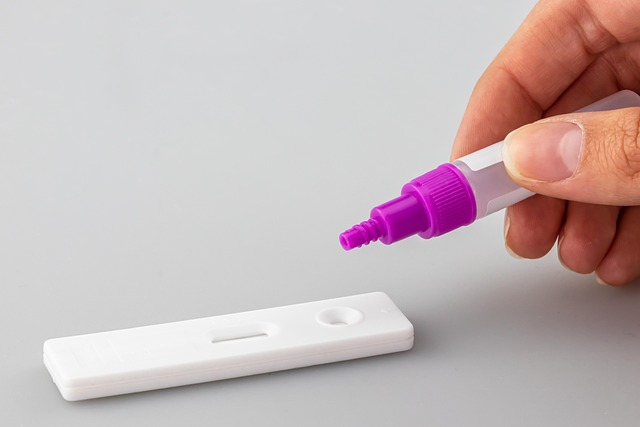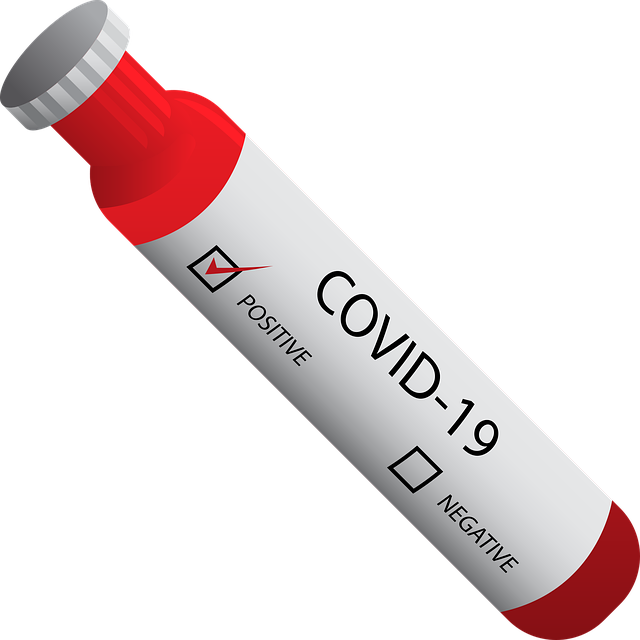In San Antonio's bustling real estate scene, with its vast collection of vintage homes pre-1978, professional lead paint inspections are a priority for worker safety. Inspectors use advanced tools to detect and quantify lead paint levels, adhering to EPA guidelines. The city regulates workplace exposure limits and promotes proactive measures like PPE, specialized vacuum systems, and respiratory protection to mitigate risks during renovation or abatement projects, ensuring a safe environment for lead paint inspection professionals working on older properties.
In San Antonio, understanding lead safety guidelines is paramount, especially during renovations of older homes. This article delves into critical aspects of lead paint inspection protocols and workplace exposure limits as per San Antonio’s standards. We explore best practices to protect both workers and residents when tackling lead-based paint in historic buildings. By adhering to these measures, San Antonio aims to ensure safer environments while preserving the city’s vibrant architectural tapestry.
- Understanding Lead Paint Inspection Protocols
- San Antonio's Guidelines for Workplace Exposure Limits
- Protecting Workers and Residents During Older Home Renovations
Understanding Lead Paint Inspection Protocols

When it comes to ensuring worker safety, especially in San Antonio’s vast landscape of older homes, a thorough understanding of lead paint inspection protocols is paramount. These protocols are designed to mitigate risks associated with lead-based paint, a common yet hazardous material in structures built prior to 1978. Professional inspectors use advanced techniques and tools to accurately detect and quantify lead paint levels, identifying potential hazards that may require abatement.
In San Antonio, where the real estate market boasts many vintage homes, proper inspection protocols are crucial for maintaining a safe work environment. Contractors and property managers must adhere to guidelines set by the Environmental Protection Agency (EPA) to conduct lead paint inspections, particularly before renovation or remodeling projects. This includes using moisture meters, X-ray fluorescence analyzers, and hand swabs to sample surfaces, allowing for precise assessments of lead paint risks and informed decision-making regarding necessary precautions and abatement methods.
San Antonio's Guidelines for Workplace Exposure Limits

In San Antonio, workplace exposure limits for lead are strictly regulated to ensure the safety of workers, especially when conducting lead paint inspections in older homes. The city’s guidelines emphasize a proactive approach to mitigating risks associated with lead dust and fumes during renovation or abatement projects. These standards are crucial for professionals involved in the inspection and removal of lead-based materials, ensuring they operate within safe parameters.
The Guidelines provide clear recommendations on personal protective equipment (PPE), engineering controls, and administrative measures to minimize worker exposure. For lead paint inspections, this may involve the use of specialized vacuum systems, wet cutting techniques, and appropriate respiratory protection. Regular monitoring of air quality and strict adherence to these protocols are vital to prevent health issues related to lead exposure, particularly for individuals performing lead paint inspection services in San Antonio’s vast housing stock known for its older properties.
Protecting Workers and Residents During Older Home Renovations

When it comes to renovations in older homes, especially those built before 1978 when lead-based paint was commonly used, a thorough understanding and adherence to lead safety workplace exposure limits are paramount. Protecting both workers and residents during these projects is crucial. A comprehensive lead paint inspection for older homes in San Antonio should be the first step, identifying potential hazards and guiding appropriate remediation measures.
Professionals involved in such renovations must follow strict protocols to minimize exposure. This includes wearing protective gear, ensuring adequate ventilation, and employing specialized techniques for safe removal or encapsulation of lead-contaminated materials. Regular monitoring during and after renovation activities is essential to maintain a safe environment, preventing the dispersion of lead particles and ensuring the health and well-being of everyone involved.
Lead paint inspection for older homes in San Antonio is crucial to ensuring worker and resident safety. By adhering to guidelines like those outlined by San Antonio, professionals can effectively manage workplace exposure limits during renovation projects. Understanding lead paint inspection protocols and implementing protective measures are essential steps in mitigating risks associated with this hazardous material. Through diligent practices, we can foster a safer environment for both workers and communities.
